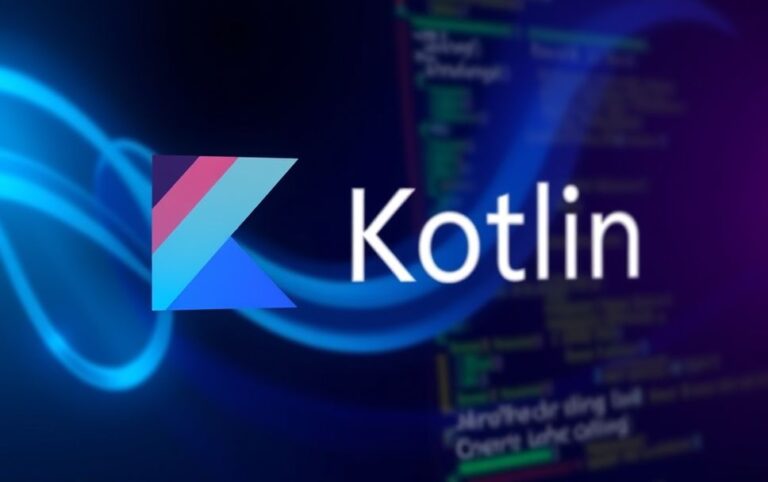Understanding Knowledge Distillation
Knowledge Distillation is a machine learning technique that aims to transfer knowledge from a large, complex model (often referred to as the teacher) to a smaller, simpler model (the student). This process is essential in scenarios where deploying large models is impractical due to resource constraints, such as in mobile applications or on edge devices. By condensing the knowledge of the larger model, the smaller model can achieve comparable performance while being more efficient in terms of speed and memory usage.
Importance of Knowledge Distillation in Technology
In recent years, the significance of Knowledge Distillation has grown tremendously, driven by the increasing demand for efficient AI solutions. With the rise of deep learning, we see models becoming larger and more complex, often resulting in high computational costs and latency. Knowledge Distillation allows developers to create smaller models that can be deployed in real-time applications without sacrificing performance.
How Knowledge Distillation Works
The fundamental idea behind Knowledge Distillation is to train a smaller model to mimic the behavior of a larger model. This is achieved by:
- Soft Targets: Instead of using hard labels (0 or 1), the student model learns from the probabilities produced by the teacher model, which contain richer information about the data distribution.
- Temperature Scaling: A temperature parameter is applied to the softmax function to soften the output probabilities, making it easier for the student to learn from the teacher.
- Loss Function: The student model is trained using a combination of the standard loss function and a distillation loss that measures how well the student mimics the teacher’s outputs.
For example, consider a scenario in image classification where a large model achieves high accuracy but is too slow for real-time applications. By applying Knowledge Distillation, a smaller model can be trained to imitate the larger model’s predictions, thus making it feasible for deployment in mobile applications.
Applications of Knowledge Distillation
Knowledge Distillation finds its applications in various fields, including:
- Mobile Applications: Smaller models can be deployed on smartphones for applications like image recognition or natural language processing.
- Robotics: Efficient models can enable real-time decision-making in robots, allowing them to operate in dynamic environments.
- Healthcare: In medical imaging, Knowledge Distillation can help create lightweight models that assist in diagnosing conditions quickly and accurately.
For instance, in autonomous driving, where speed is crucial, distilling knowledge from a large model into a compact version can significantly enhance the vehicle’s response time while maintaining safety standards.
How to Implement Knowledge Distillation in Your Projects
Implementing Knowledge Distillation involves several steps:
- Select a Teacher Model: Choose a pre-trained model that has demonstrated strong performance on your task.
- Design the Student Model: Create a smaller architecture that can effectively learn from the teacher.
- Train the Student Model: Use the outputs of the teacher to guide the training of the student model, applying the techniques discussed above.
- Evaluate Performance: Compare the performance of the student with the teacher to ensure that the desired efficiency gains do not come at the cost of performance.
By following these steps, you can leverage Knowledge Distillation to create efficient models tailored for your specific applications.
Related Concepts in Machine Learning
Knowledge Distillation is closely related to several other machine learning concepts:
- Model Compression: Techniques that reduce the size of models without significantly impacting performance.
- Transfer Learning: Utilizing a pre-trained model on a new task to save time and resources.
- Ensemble Learning: Combining multiple models to improve overall performance, which can sometimes be complemented by distillation techniques.
Understanding these related concepts can provide a deeper insight into how Knowledge Distillation fits within the broader landscape of machine learning.
Conclusion: The Value of Knowledge Distillation
In a world where computational resources are often limited, Knowledge Distillation stands out as a powerful technique for optimizing machine learning models. By enabling the creation of smaller, faster models without significant loss of accuracy, it opens doors for deploying AI solutions in various real-world scenarios. Whether you’re a beginner or a seasoned professional, understanding and utilizing Knowledge Distillation can be a game-changer in your machine learning projects.
Consider exploring this technique in your next AI endeavor, and experience firsthand how it can enhance your models’ efficiency and effectiveness.









